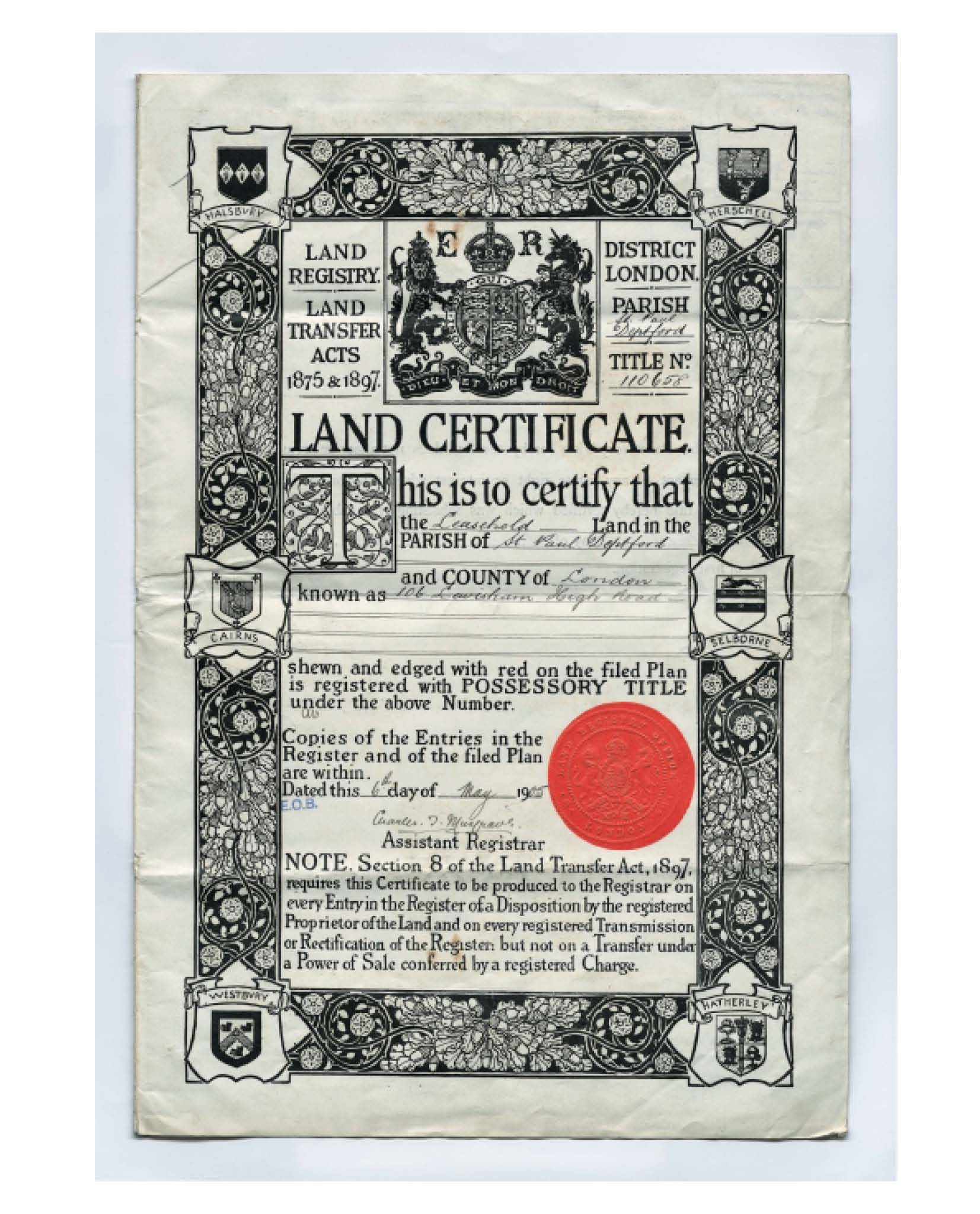Thomas Jefferson’s Proposal to Limit the Length of Patent and Copyright in the Bill of Rights
IP LawPatent and copyright apologists often get indignant when you describe the patent and copyright monopolies that they advocate as monopolies. For example here, patent lawyer and patent shill Dale Halling posts about “The Myth that Patents are a Monopoly” and writes, ” People who suggest a patent is a monopoly are not being intellectually honest and perpetuating a myth to advance a political agenda.”
But obviously patent and copyright are monopoly privileges, as I amply demonstrate in Are Patents “Monopolies”?
I just came across something interesting in this regard. In Thomas Jefferson’s Letter to James Madison, August 28, 1789 (On the liberty to write, speak, and publish and its limits), he proposes to James Madison, then in the process of drafting the Bill of Rights, that the following be incorporated into the Bill of Rights:
Art. 9. Monopolies may be allowed to persons for their own productions in literature and their own inventions in the arts for a term not exceeding — years but for no longer term and no other purpose.
This was written just shortly before the Constitution itself was to be ratified. It appears to be aimed at adding a limit on how many years Congress could grant patent and copyright monopolies for. The copyright and patent clause in the then-pending Constitution had no outside limit on how long the patent and copyright monopoly grants could be, providing: “To promote the Progress of Science and useful Arts, by securing for limited Times to Authors and Inventors the exclusive Right to their respective Writings and Discoveries.” Jefferson apparently wanted the “limited time” to be capped at some maximum number of years (probably 14 or 21 years or so). If he had got his way, (a) it would be clearer to everyone that patent and copyright are monopolies, and (b) Big Media and Mickey Mouse would not have been able to extend the copyright term to its current 100+ years.
I’m reminded of a similar situation I’ve noted elsewhere that, during debate on the sixteenth amendment (income tax), a 10% cap was considered, but rejected for fear Congress might actually tax at such a high rate, and “because people thought the idea that the tax might ever rise that high too absurd to address”! If only we had had a 10% income tax cap and a 21 year patent and copyright cap!
[C4SIF]



